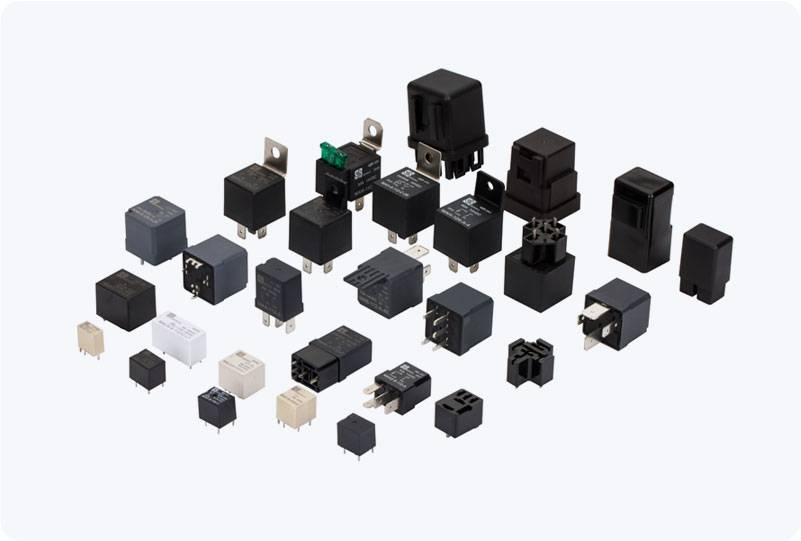In any modern power distribution system, ensuring the reliability and safety of electrical networks is of utmost importance. One of the most crucial components in achieving this goal is the Power Distribution Relay. These relays play a significant role in protecting the power grid from electrical faults and ensuring the stability of the electrical supply to consumers. This article will explore the fundamental functions, types, and applications of Power Distribution Relays, as well as their role in maintaining the integrity of the electrical system.

What is a Power Distribution Relay? A Power Distribution Relay is an electrical protection device that automatically monitors and controls the distribution of electrical power in a system. It is designed to detect electrical faults, such as short circuits, overloads, or undervoltage conditions, and take corrective actions to protect the system from potential damage. The relay works by receiving input signals from the system, analyzing these signals, and then triggering an output response, such as disconnecting faulty circuits or activating backup systems. Relays are critical for ensuring that electrical equipment and networks are safeguarded from harm. They prevent large-scale failures, mitigate damage to expensive equipment, and enhance the overall reliability of the power distribution system.